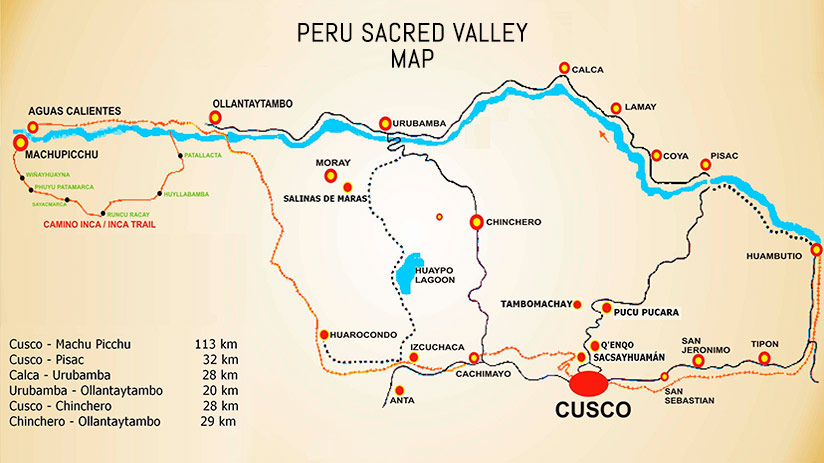- Home
- About Us
- Destinations
- Cusco
- Cusco City Tour (Half Day)
- Sacred Valley Tour (Full Day)
- Sacred Valley with Maras Moray (Full Day)
- Maras Moray Tours
- Rainbow Mountain (Vinicunca) (Full Day)
- Rainbow Mountain (Palccoyo) Full Day
- Humantay Lake (Full Day)
- South Valley Tour (Half Day)
- Q’eswachaka Bridge (Full Day)
- Waqrapukara (Full Day)
- Condor Spotting Tour in Chonta Cusco (Full Day)
- Perolniyoc Waterfall Hike (Full Day)
- Machu Picchu
- Manu
- Puerto Maldonado
- Puno
- Bolivia
- Cusco
- Treks & Trails
- Contact Us
- Blogs







